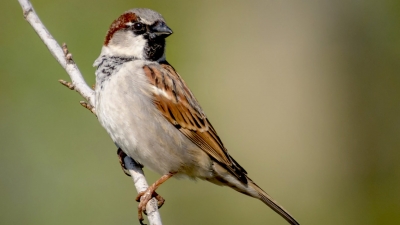
The government is targeting 5 million tonnes (MT) of green hydrogen production by 2030, Finance Minister Nirmala Sitharaman announced in her Budget speech earlier this month. But what is green hydrogen and why are countries keen on promoting its usage? Let's find out.
Clean energy
Hydrogen is an odourless, invisible gas. Highly inflammable at standard temperature and pressure, it is the most abundant chemical element in the universe. However, it is rarely available in pure form. It mostly exists with oxygen to form water (H2O). Hydrogen can be produced from various resources such as natural gas, nuclear power, solar, and wind. But what is green hydrogen? Hydrogen produced, by splitting water into hydrogen and oxygen, using power from renewable energy sources such as solar or wind is referred to as 'green hydrogen. The hydrogen thus produced can be used as a clean and renewable fuel for transportation, electricity generation, and other purposes. (Incidentally, hydrogen produced using coal is called black hydrogen.)
Cut carbon footprint
The problem of climate change cannot be resolved unless we cut carbon emissions. Considered an alternative fuel, green hydrogen can change our dependency on polluting fossil fuels. It is also called the fuel of the future as it does not emit harmful, polluting gases during production or use. This means there are no carbon emissions, hence it is eco-friendly and sustainable. This fuel alternative can be used in industrial applications and can be easily stored as a gas or liquid. It can be used to power household appliances and carried by tankers to hydrogen filling stations.
Energy security
Countries worldwide are working on building green hydrogen capacity as it can ensure energy security and help cut emissions. Green hydrogen, which is highly expensive to produce, currently accounts for less than 1% of global hydrogen production. With the goal of making the country an energy-independent nation and decarbonising critical sectors, the Indian Government in January approved a Rs 19,744-crore National Green Hydrogen Mission. Set to give a new direction to India, the mission's aim is to encourage commercial production of green hydrogen and facilitate demand creation, utilisation, and export of the fuel. Under the programme, States and regions capable of supporting large scale production or utilisation of hydrogen will be identified and developed as Green Hydrogen Hubs.
Picture Credit : Google





